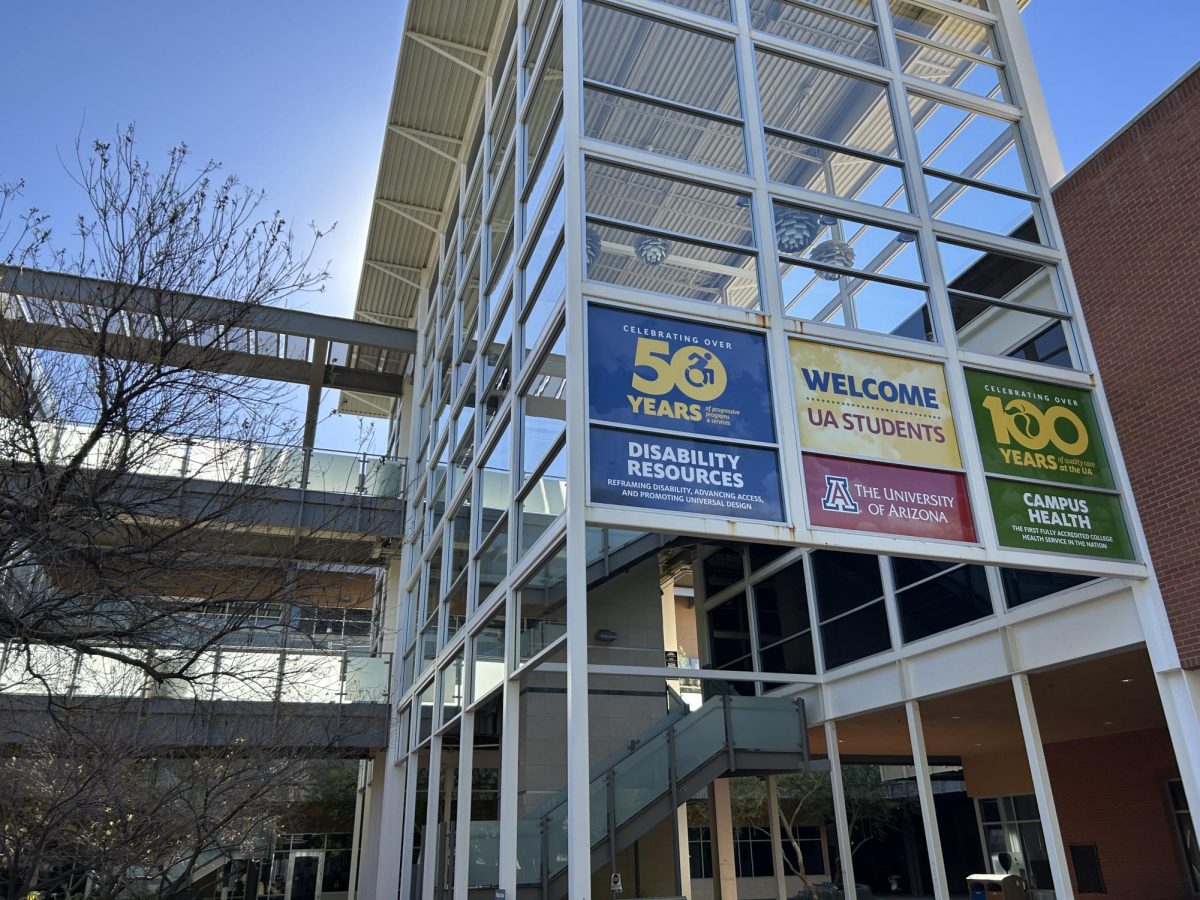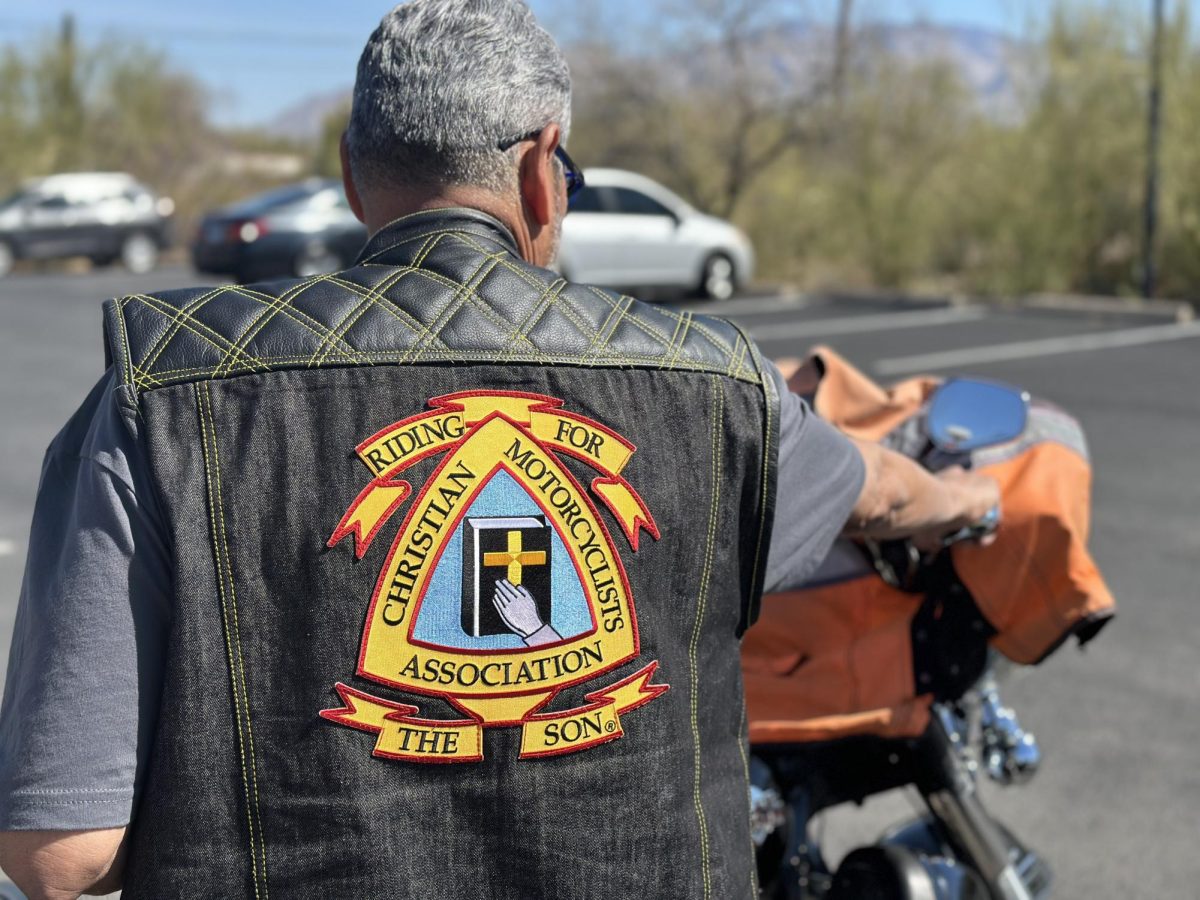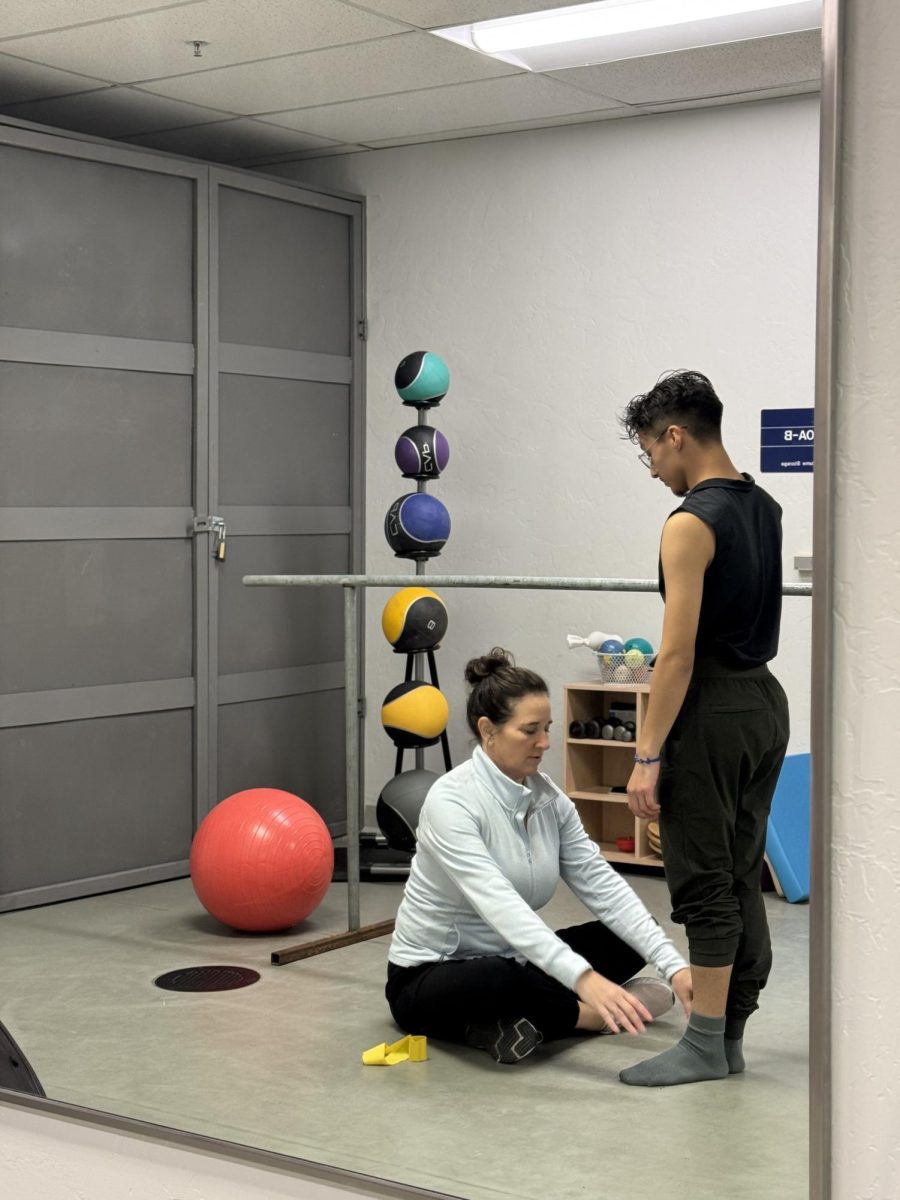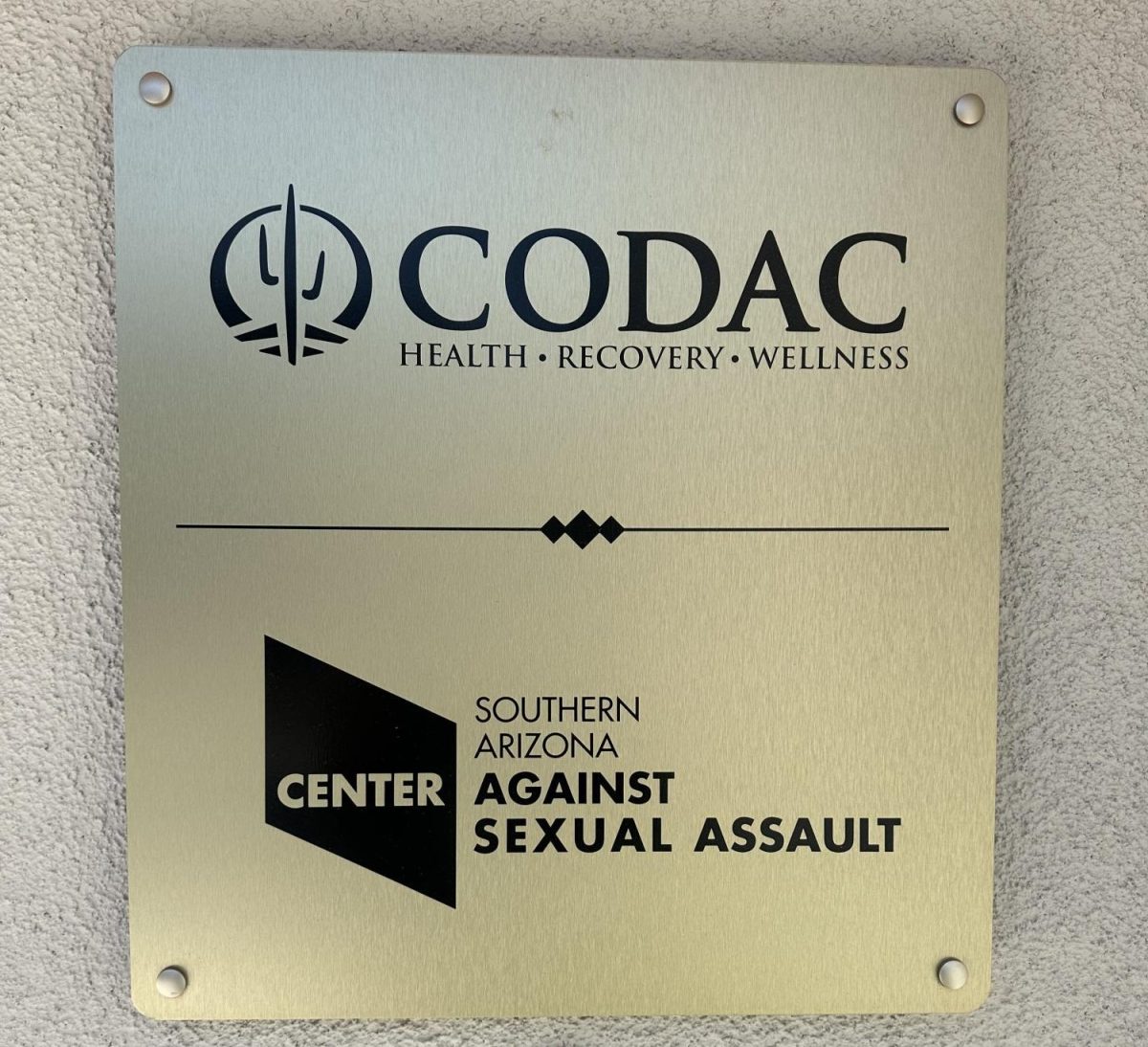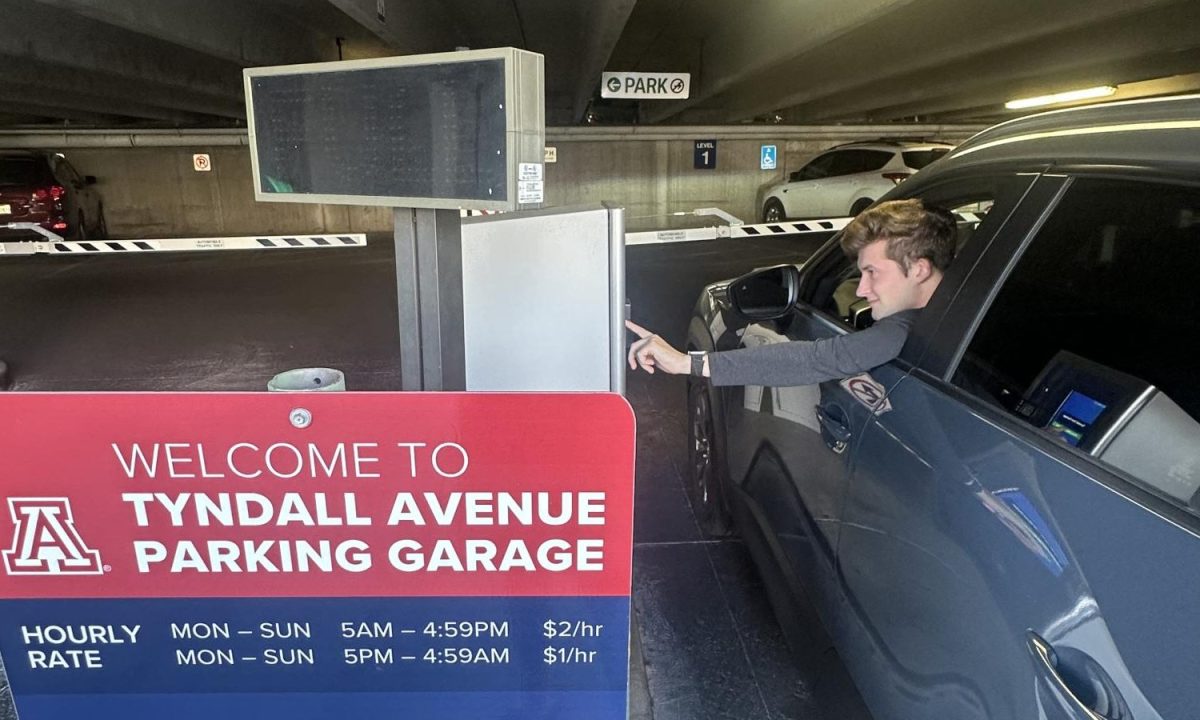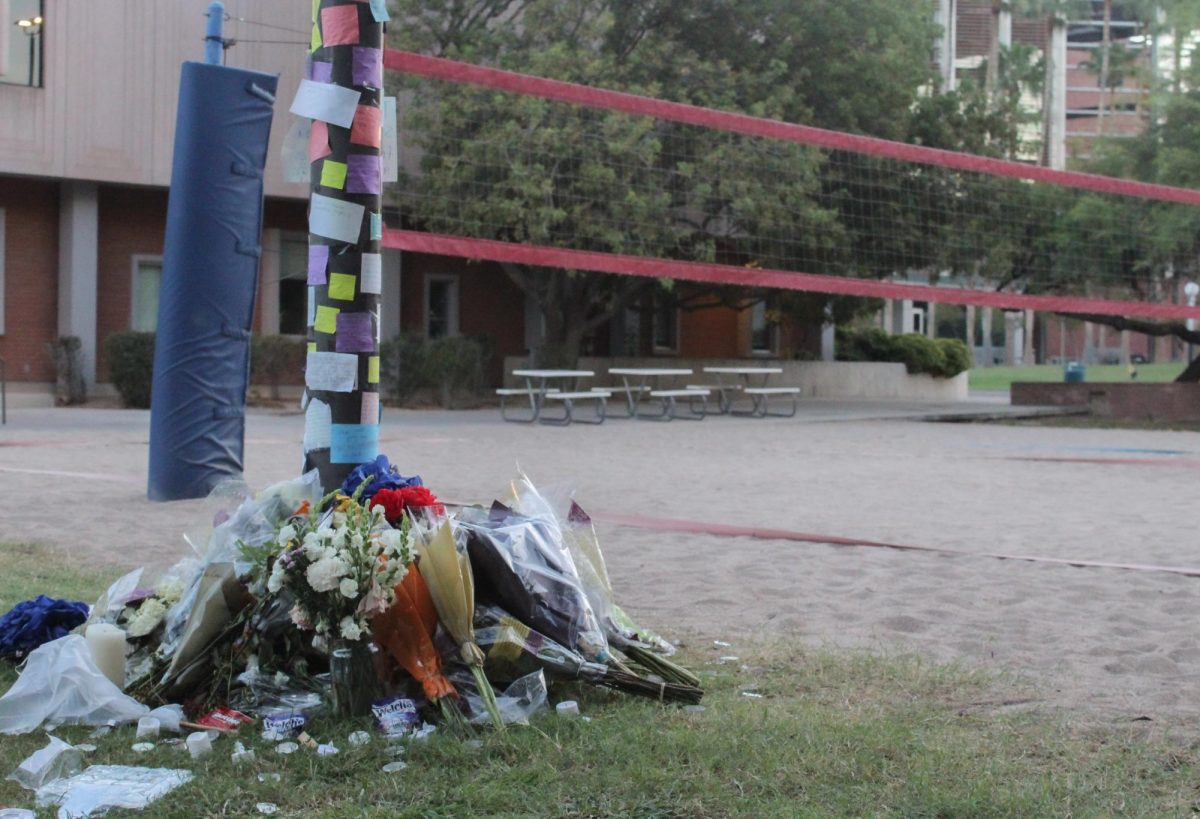Cheap and easy access had led to an opioid crisis in Pima County. In 2023, 510 people in Pima County unintentionally died due to a drug overdose.
The drug that has made this crisis so dire is fentanyl, a lab-made opioid used to treat severe pain and with a strength fifty times greater than morphine. Illegally made fentanyl can be found in both powder and liquid forms, often dangerously mixed with other drugs.
And while a survey shows alcohol and marijuana are still the most common drugs college students use, the University of Arizona is not immune from the opioid crisis.
From 2019 to 2023, Pima County data showed a 63% increase in opioid-specific overdose deaths. In efforts to combat this epidemic, education and preventative efforts have been made across the country, the county and the UA.
Campaigning efforts striving to raise awareness are one of the biggest ways the county has been trying to address this crisis.
“It All Starts With You” is an anti-stigma campaign currently run by Pima Helpline in collaboration with the county health department. It focuses on ending the stigma around substance abuse and encouraging people to reach out for help.
At the UA, the Campus Health Services (CHS) is leading efforts, and one of their close partners and is campus club Team Awareness Combating Overdose (TACO).
Every year, CHS conducts a survey based on a wide range of health factors on students in the campus community. Evaluation Manager Rachel Abraham is one of the staff members responsible for collecting this data and telling the story that comes with these numbers.
“I have the privilege of putting numbers to words, and words to numbers, and really seeing what the impact not only of our services are on students, but what our students need our services to be,” she said.
Across campus, the main self-reported drug usage comes from alcohol and smoked cannabis, at 65 and 31 percent, respectively. Pain pill usage, including fentanyl, had a reported 0.6 percent usage.
However, the majority of this usage is unintentional.
Often, when fentanyl is ingested, it’s because the student has purchased a sedative off the street that is cut with fentanyl, Abraham said.
“That’s when our UA EMS and UAPD responders are letting us know that Narcan has been used,”she said.
TACO is one of the primary college-based operations working on this issue nationwide, combating accidental overdoses among college students through education and harm reduction, without encouraging or condemning substance use itself.
Workers with the UA chapter are frequently on campus tabling, offering educational materials for students to make informed decisions, and handing out test strips students can use to ensure that drugs are not cut with additional harmful substances.
Abraham said harm-reduction education and testing drugs before use is one of the most important tactics to work against the opioid crisis, both on campus and in greater Tucson community.
“If you’re going to use, okay, let’s make sure you stay safe while using,” she said.
Arizona Sonoran News is a news service of the University of Arizona School of Journalism.



